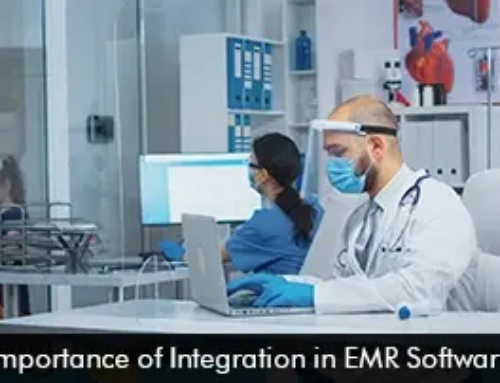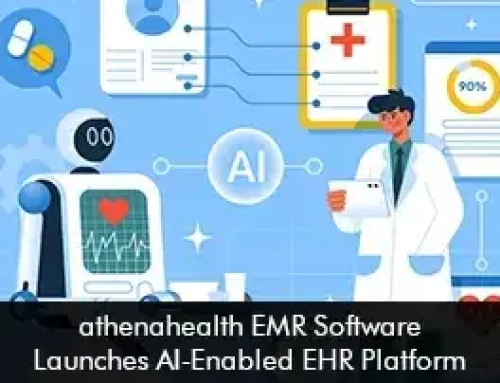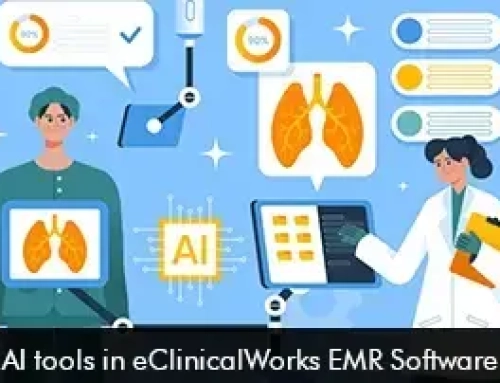EMR Software is an integral part of modern healthcare. It streamlines patient records, improves clinical workflows, and enhances overall efficiency.
However, the high cost of implementation and maintenance often makes healthcare providers question whether the investment is justified. While the upfront expenses can be significant, the long-term benefits, such as improved patient care, reduced administrative burdens, and cost savings, often outweigh the initial outlay.
In this blog, we’ll explore whether EMR Software is worth the investment by examining its advantages, long-term cost reductions, and even free alternatives available in the market.
The High Cost of EMR Software
Initial Implementation Expenses
One of the biggest hurdles for healthcare providers is the initial cost of EMR. Expenses include:
- Licensing fees
- Hardware upgrades
- Training staff
- Data migration
For small practices, these costs can be daunting, sometimes running into tens of thousands of dollars.
Ongoing Maintenance and Updates
Beyond the initial setup, EMR Software requires:
- Regular software updates
- Technical support
- Cybersecurity measures
These recurring expenses contribute to the total cost of ownership, making some providers hesitant to adopt the technology.
How EMR Software Improves Efficiency and Reduces Costs
Despite the high initial investment, EMR can lead to significant cost savings and operational improvements over time.
Streamlined Administrative Tasks
EMR Software automates many time-consuming tasks, such as:
- Appointment scheduling
- Billing and coding
- Insurance claims processing
By reducing manual work, staff can focus on patient care rather than paperwork, increasing overall productivity.
Reduced Medical Errors
Paper-based records are prone to errors, from illegible handwriting to misplaced files. EMR Software minimizes these risks by:
- Providing accurate, up-to-date patient records
- Alerting providers to potential drug interactions
- Ensuring standardized documentation
Fewer errors mean fewer malpractice claims and improved patient outcomes.
Better Revenue Cycle Management
EMR Software helps healthcare providers:
- Reduce claim denials
- Speed up reimbursements
- Track unpaid claims
Due to administrative inefficiencies, this leads to improved cash flow and fewer financial losses.
Enhanced Patient Engagement
Many EMR Software solutions include patient portals, allowing:
- Online appointment booking
- Secure messaging with providers
- Access to lab results and medical history
Engaged patients are more likely to adhere to treatment plans, reducing readmissions and unnecessary visits.
Free EMR Software: Pros and Cons
For healthcare providers on a tight budget, free EMR can be an attractive alternative. However, it’s important to weigh the benefits against the limitations.
Pros of Free EMR Software
1. No Licensing Costs – Ideal for small practices with limited budgets.
2. Basic Functionality – Many free versions offer core features like patient records and e-prescribing.
3. Cloud-Based Options – Some free EMR solutions are hosted online, eliminating the need for expensive hardware.
Cons of Free EMR Software
1. Limited Features – Advanced functionalities (analytics, custom reporting) may require paid upgrades.
2. Data Security Risks – Free versions may lack robust encryption and compliance with HIPAA regulations.
3. Minimal Support – Customer service is often restricted, leaving users to troubleshoot issues independently.
While free EMR can be a good starting point, growing practices may eventually need to transition to a paid solution for scalability and security.
Is EMR Software Worth It?
The decision to invest in EMR depends on a practice’s size, budget, and long-term goals. While the upfront costs are substantial, the long-term benefits—increased efficiency, reduced errors, and improved patient care—often justify the expense.
For smaller practices, free EMR Software can provide a cost-effective entry point, but it’s crucial to evaluate security and functionality limitations. Ultimately, EMR is more than just a digital record-keeper; it’s a tool that can transform healthcare delivery, making it a worthwhile investment for most providers.
By carefully assessing needs and available options, healthcare organizations can make an informed decision that balances cost with long-term value.








